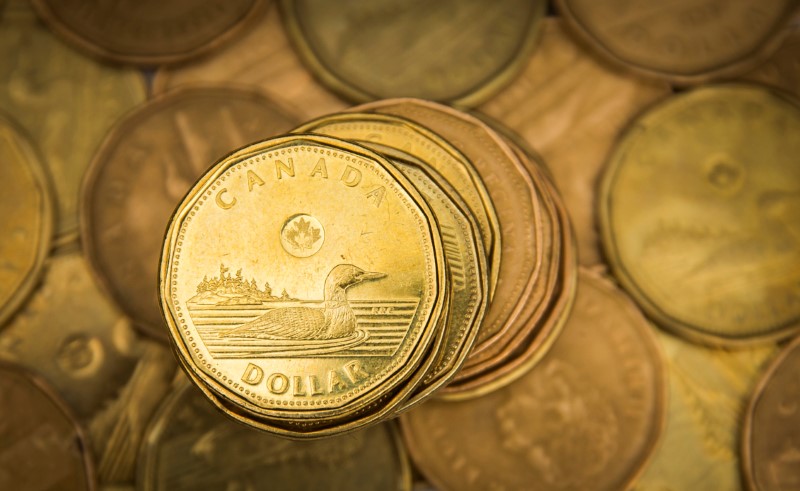By Ketki Saxena
Investing.com – The Canadian dollar continued to strengthen against its US counterpart for the second consecutive day, after last week touching its lowest level against the greenback in two years. The safe-haven USD dollar contended with broad-backed weakness as expectations for rate-hikes from global central banks receded, and yields on benchmark US treasuries continued to pull back. Canadian yields, contrary to their US counterparts, were higher across the curve.
At 1:15 p.m ET, the USD/CAD pair was down 0.44% in the day's trading, at C$1.3562 to a greenback and with the day's range of 1.3522 - 1.3664.
With indicators of a slowing global economy mounting up and retreating commodity prices supporting the easing of inflationary pressures, investors are betting that central banks will now ease the pace of monetary policy tightening.
The loonie meanwhile was supported by the recovery in risk appetite, and rising oil prices supported by reports that OPEC+ is now considering an output reduction of 2 million barrels a day. The crude market is also being buoyed by looming oil sanctions on Russia, and statements from US shale producers that they are unlikely to raise output.
FX Street notes that in the short term, the planned OPEC+ cuts “Continue to underpin the commodity-linked loonie. This, along with the prevalent US dollar selling bias, acts as a headwind for the USD/CAD pair and supports prospects for an extension of the corrective pullback from the highest level since May 2020.”
Looking ahead, analysts at Credit Suisse (SIX:CSGN) note that “Uncertainty about BoC policy and high realized sensitivity to risk sentiment lead us away from the resilient CAD view we held in Q3: we now see USD/CAD ending Q4 around 1.4100.”
In terms of what’s ahead for the BoC, the analysts note that “Markets now anticipate the BoC to hike rates at the next two meetings and start easing as early as Q1 2023. If the BoC were to validate this shift in expectations, USD/CAD price action would likely become mainly a function of US yields. Conversely, pushback from the BoC against the early price in end to the tightening cycle can bring local idiosyncrasies back to the fore in USD/CAD. This calls for a wide range approach: we see USD/CAD trading between 1.3250 and 1.4300 in Q4.”
Bank of Canada Governor Tiff Macklem is due to speak on Thursday before the Halifax Chamber of Commerce in a speech titled “Current economic situation”, which could offer clues on further interest rate hikes as inflation shows signs of peaking.
